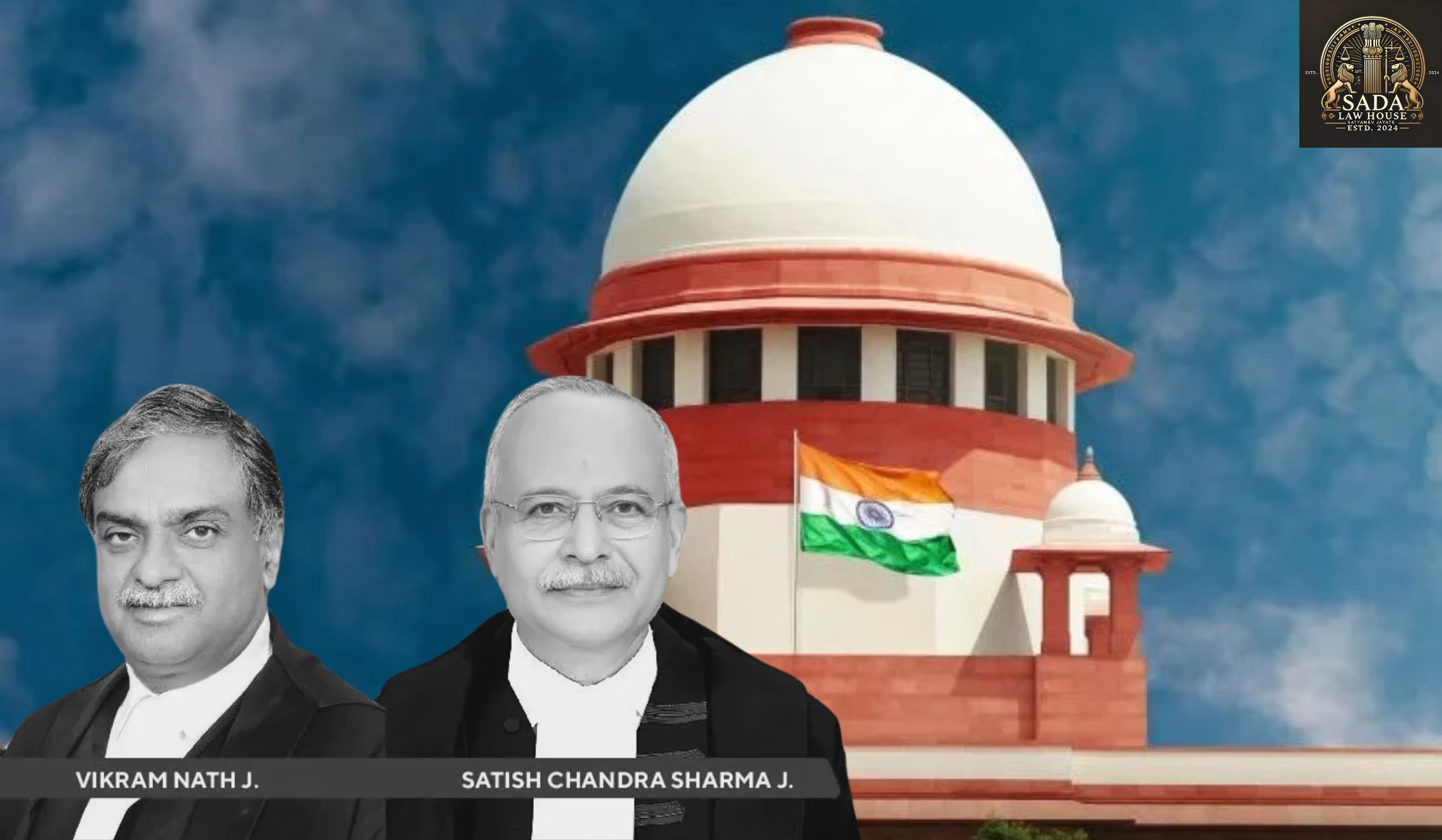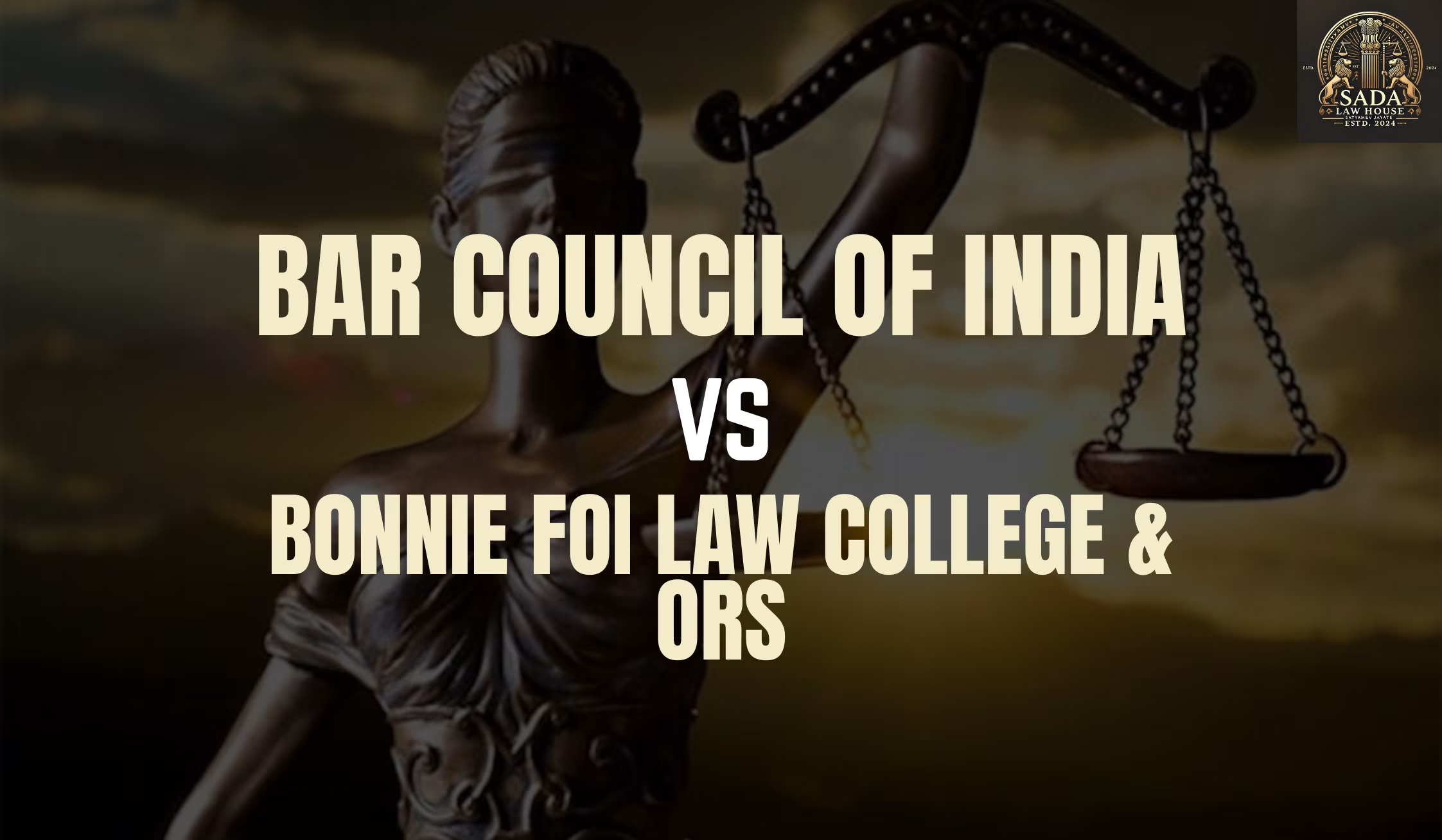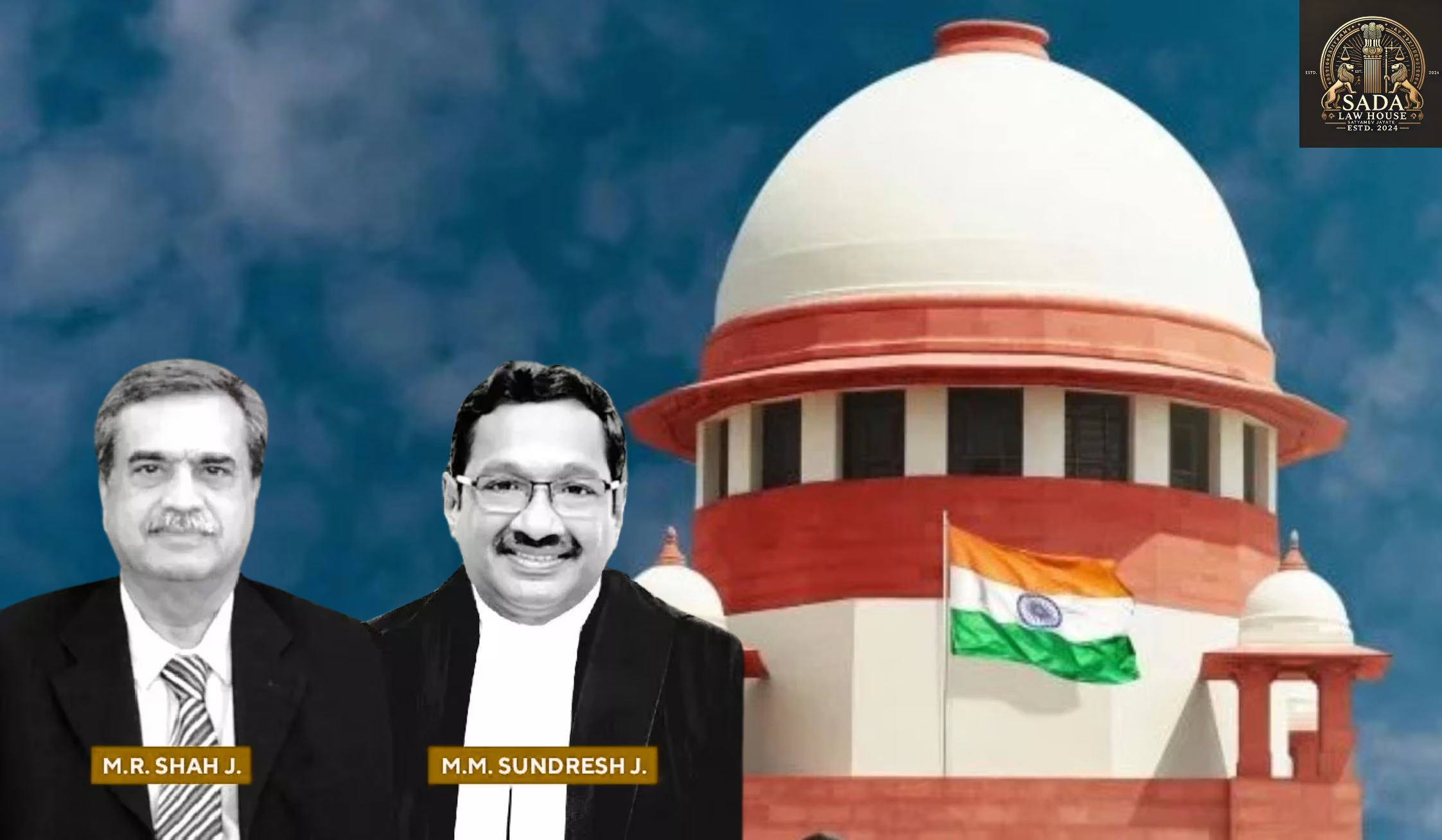Supreme Court Judgment on CIC’s Power to Form Benches & Frame Regulations Under RTI Act – Central Information Commission v. DDA, 2024
- REHA BHARGAV
- 09 June 2025

In a landmark 2024 judgment, the Supreme Court reaffirmed the Central Information Commission’s (CIC) authority to frame regulations, form benches, and constitute inquiry committees under the Right to Information Act, 2005. Learn how this ruling impacts transparency and governance.
Introduction – Strengthening the RTI Regime
On July 10, 2024, the Supreme Court of India delivered a significant ruling in the case of Central Information Commission v. Delhi Development Authority & Another, reinforcing the administrative powers of the Central Information Commission (CIC) under the Right to Information Act, 2005.
This landmark judgment clarified that the Chief Information Commissioner has the authority to:
Frame internal regulations
Constitute benches
Form committees to assess compliance with Section 4 of the RTI Act, which mandates proactive disclosure of information by public authorities
Background and Facts of the Case
The case originated from a complaint filed by RTI activist Sarbajit Roy (not on Wikipedia), who sought information from the Delhi Development Authority (DDA) about changes made to the Delhi Master Plan 2021. Roy also questioned whether the DDA had complied with Section 4 of the RTI Act.
In response, the CIC:
Observed potential non-compliance
Constituted a fact-finding committee
Acted under the Central Information Commission (Management) Regulations, 2007
However, the DDA challenged this move, claiming the CIC lacked the authority to frame such regulations or create committees. The Delhi High Court agreed and struck down the CIC’s 2007 Regulations.
Key Legal Issue
Core Question Before the Court:
Whether the CIC has legal authority under the RTI Act to:
Frame internal regulations
Constitute benches
Form inquiry committees for ensuring public authority compliance with Section 4
Petitioner’s Arguments – CIC’s Standpoint
The CIC, represented by the government, made the following key arguments:
Inherent Administrative Authority (Section 12(4)): The CIC cited powers under Section 12(4) for self-management and internal supervision.
Validity of 2007 Regulations: These were framed to ensure smooth and timely adjudication of RTI cases.
Administrative Nature of Committees: The CIC argued the committee was a non-binding, administrative body.
Purposive Interpretation: The RTI Act is a welfare law and should be interpreted to support transparency and access to information.
Functional Independence: Restricting CIC’s internal operations would undermine its ability to implement citizens’ right to information.
Respondent’s Arguments – DDA’s Counterpoints
The Delhi Development Authority contended:
No Statutory Power to Frame Regulations: The RTI Act does not explicitly grant the CIC power to frame internal regulations.
Improper Delegation: The CIC exceeded its statutory authority by assigning quasi-judicial roles to a committee.
Natural Justice Violations: The committee operated outside proper hearing protocols.
Judicial vs Administrative Powers: The respondents argued the CIC was blurring legal lines by expanding its authority.
Support for Delhi High Court Decision: They backed the High Court’s ruling that the 2007 Regulations were ultra vires.
Supreme Court Judgment – Empowering the CIC
On August 24, 2023, the Supreme Court of India ruled in favor of the CIC. The highlights include:
CIC’s Administrative Authority Affirmed: The Court held that under Section 12(4), the CIC can frame regulations and constitute benches and committees.
Committee Formation Justified: The Court saw this as a legitimate administrative measure to fulfill CIC’s mandate.
Validity of the 2007 Regulations: These were deemed essential for ensuring efficiency.
Purposive Interpretation of the RTI Act: The Court reaffirmed that the RTI Act must be interpreted in favor of promoting transparency, as it’s a welfare legislation.
Conclusion – A Milestone for RTI and Transparency
This decision in CIC v. DDA is a milestone in the evolution of India’s transparency and governance laws. It:
Validates the functional autonomy of the CIC
Affirms its authority to frame procedural rules and form benches
Strengthens public institutions that uphold the Right to Information
Sets a precedent for interpreting powers of statutory bodies under social welfare legislation
With this judgment, the Supreme Court has empowered the CIC to carry out its responsibilities more effectively—ensuring that citizens’ right to know is not only protected but actively upheld.
Case Laws







